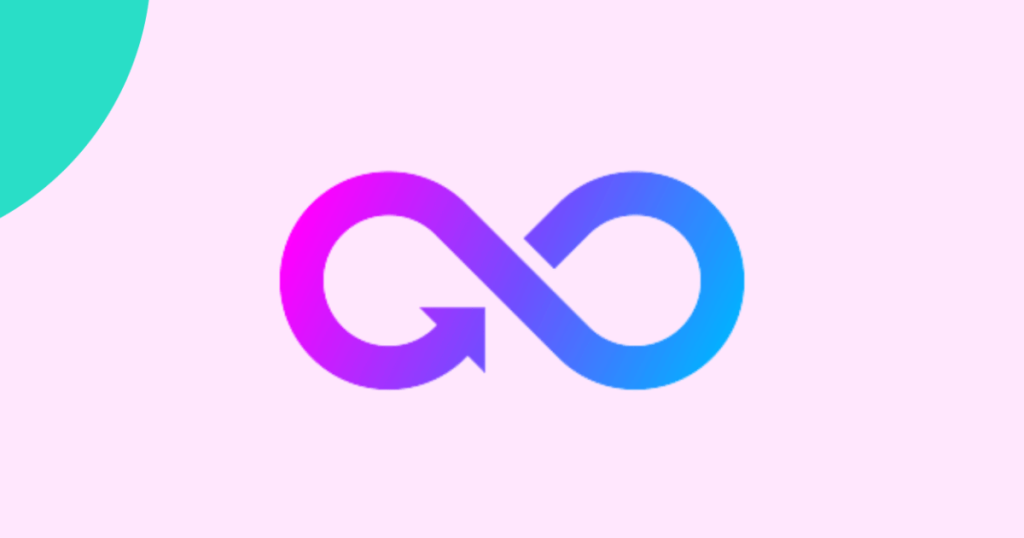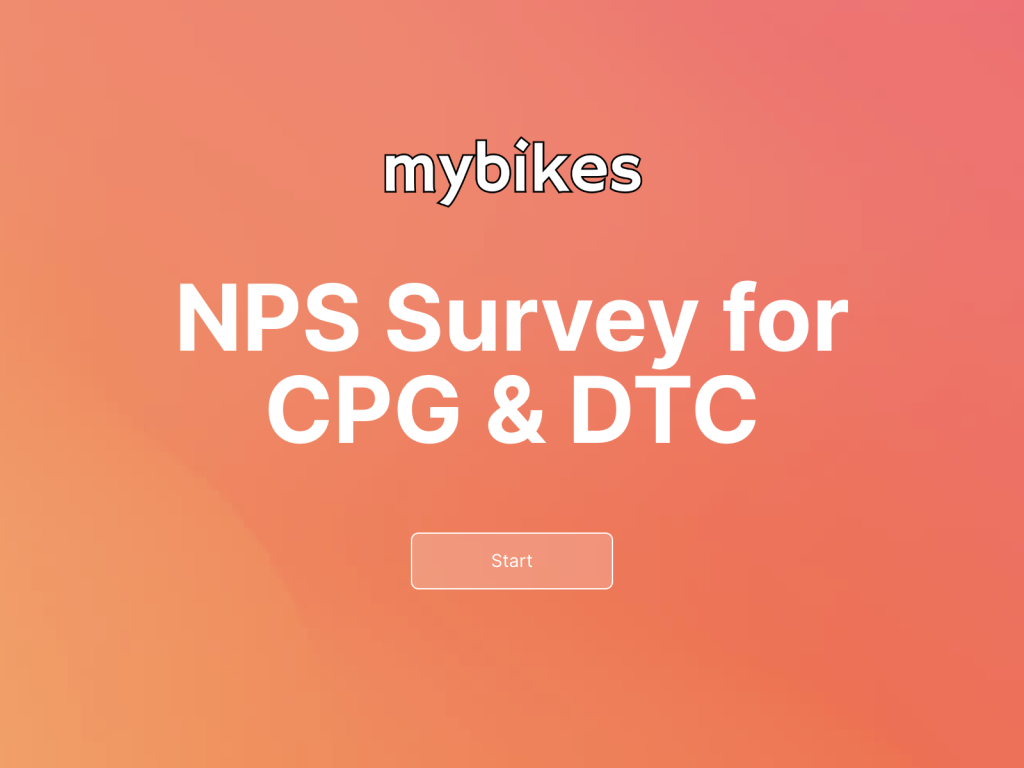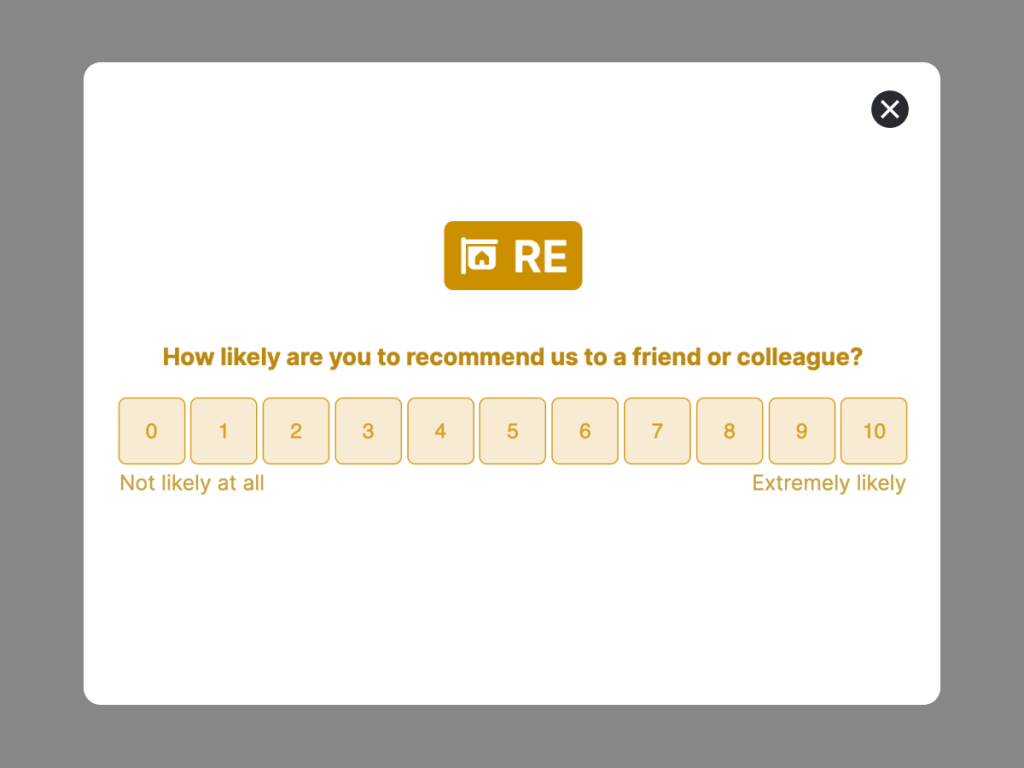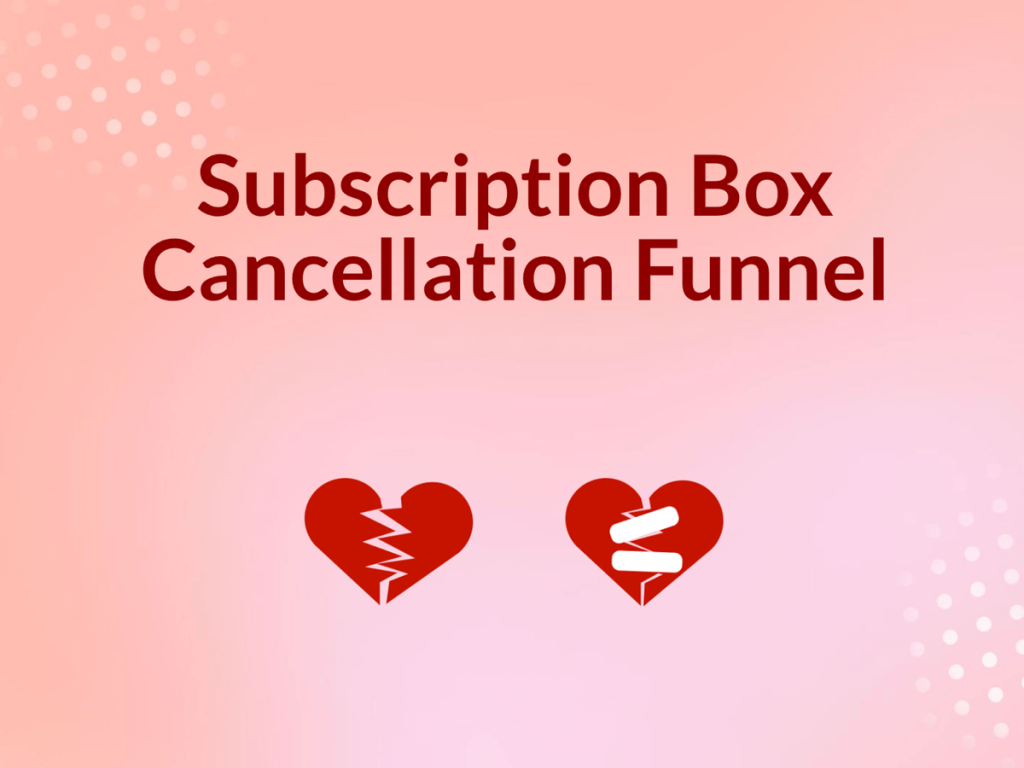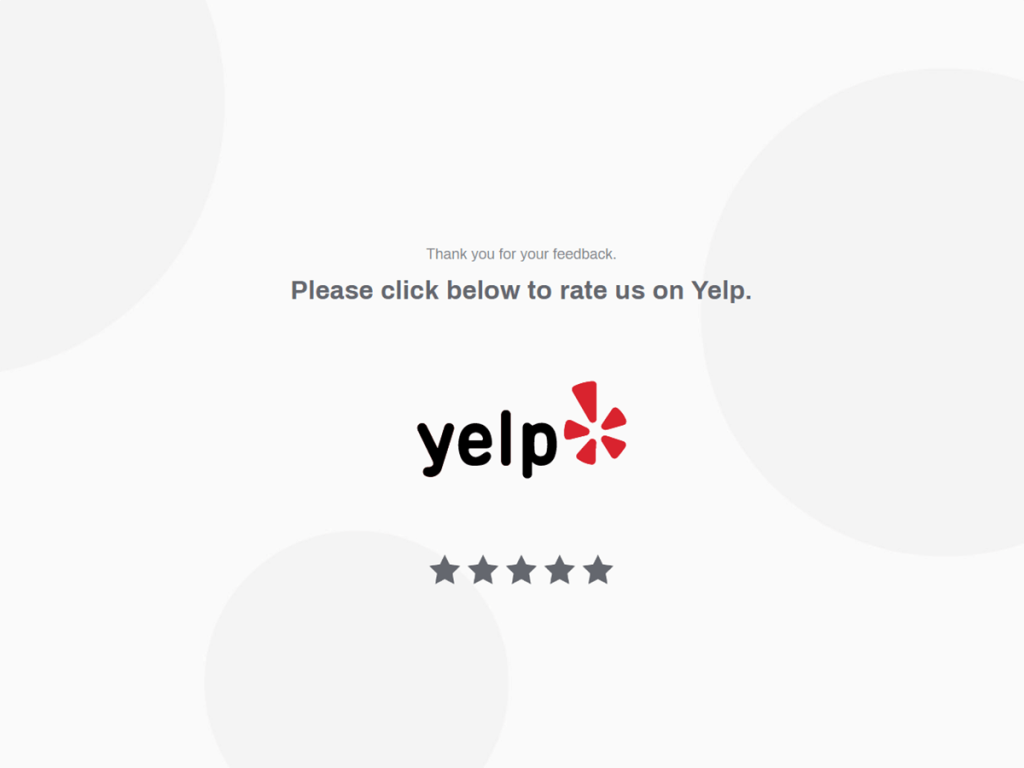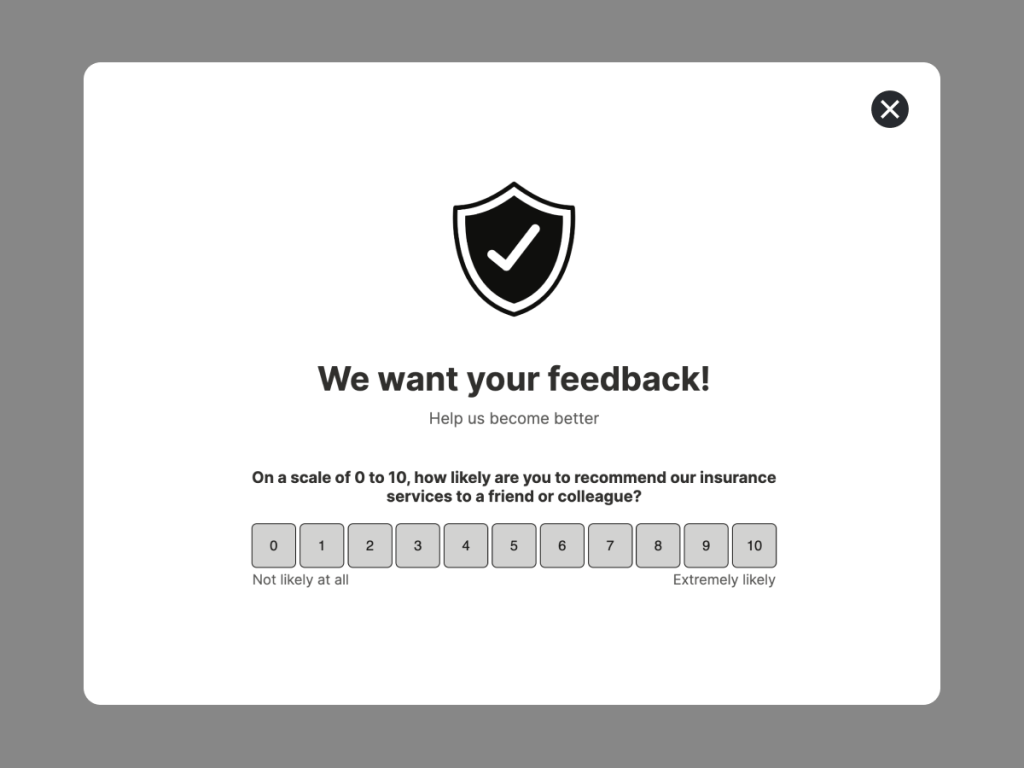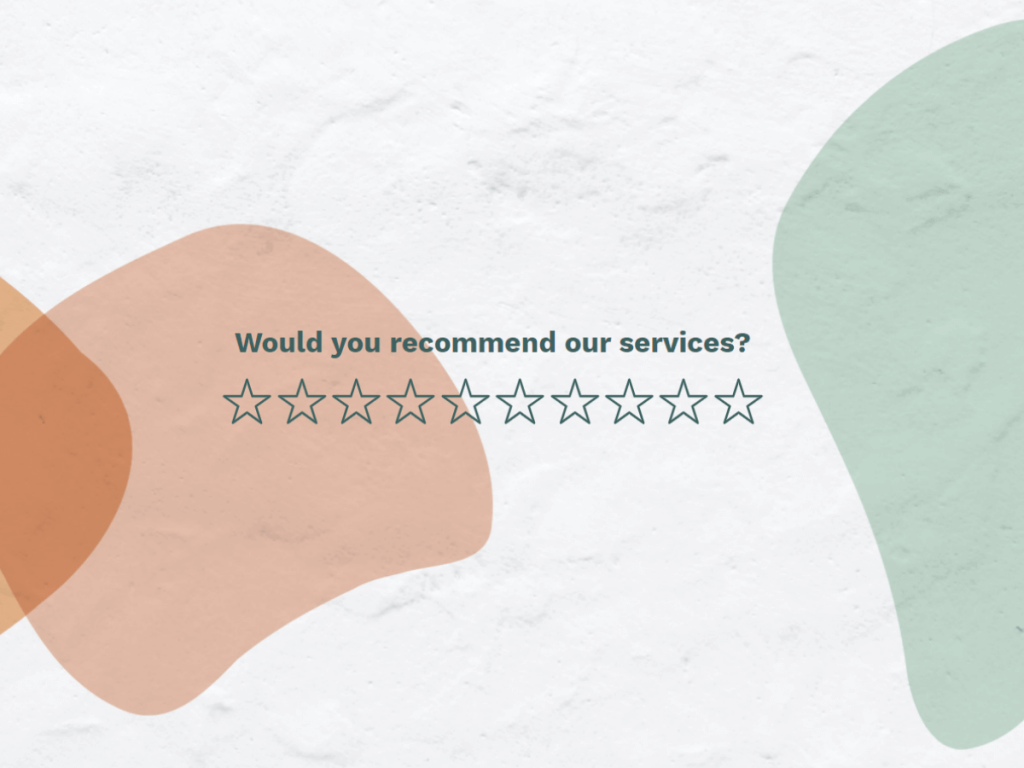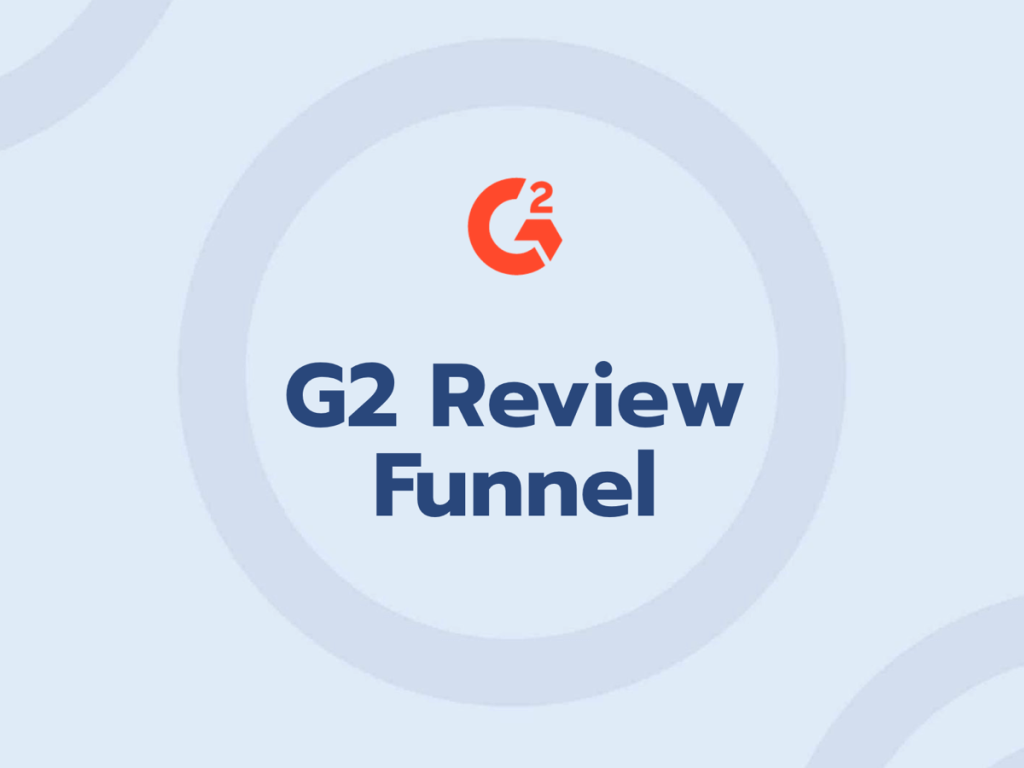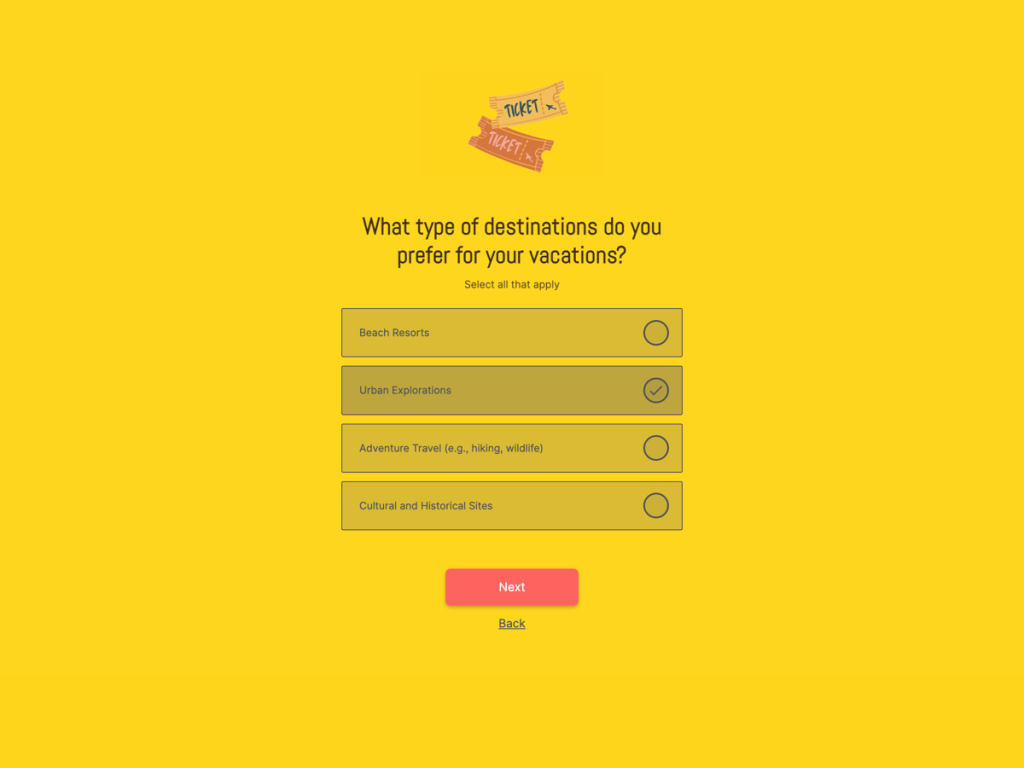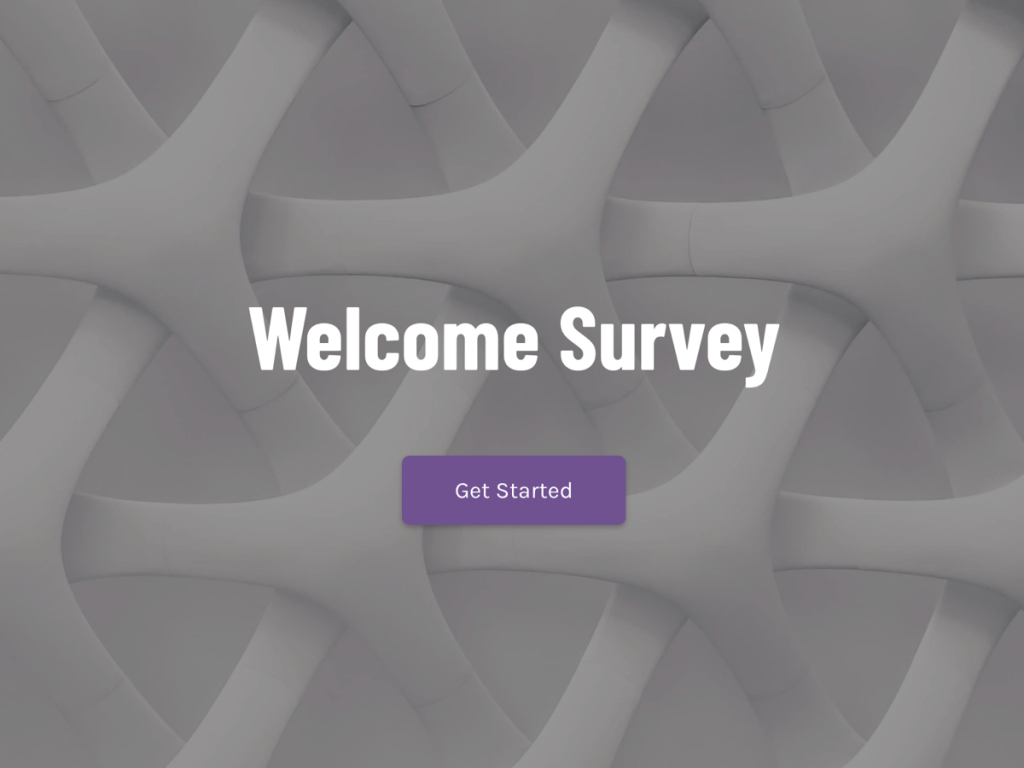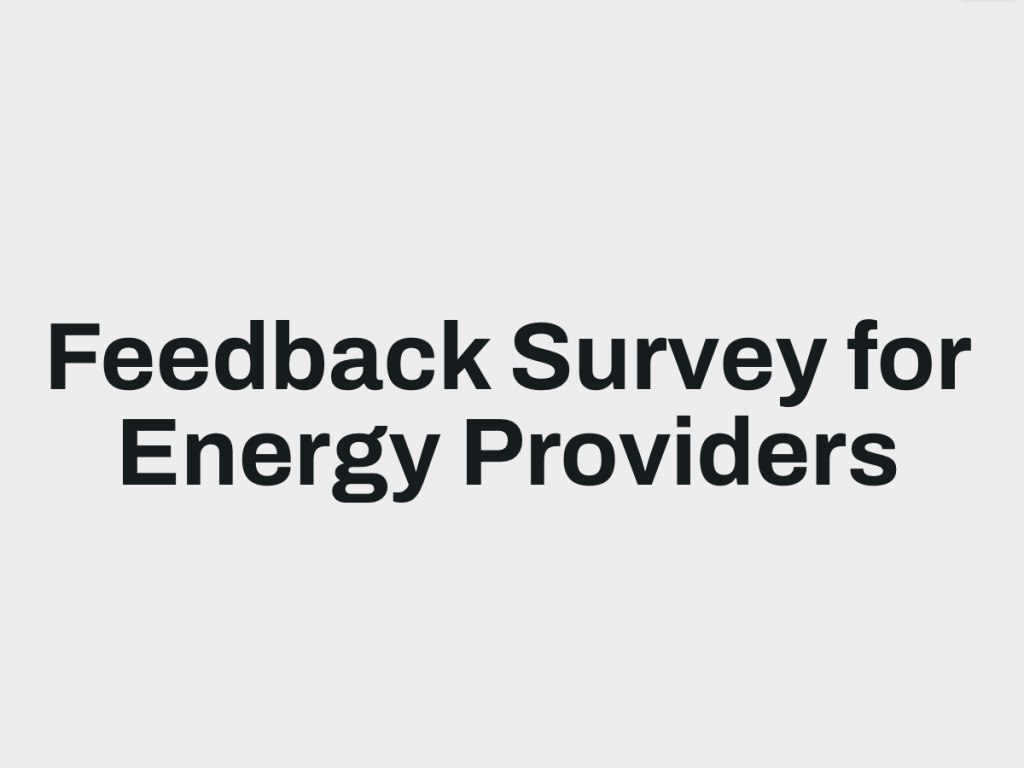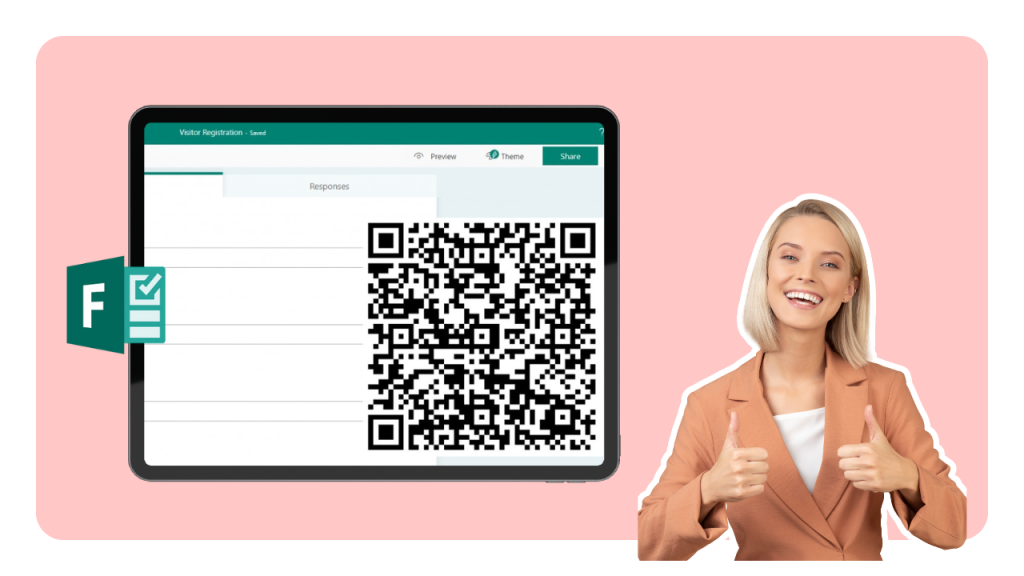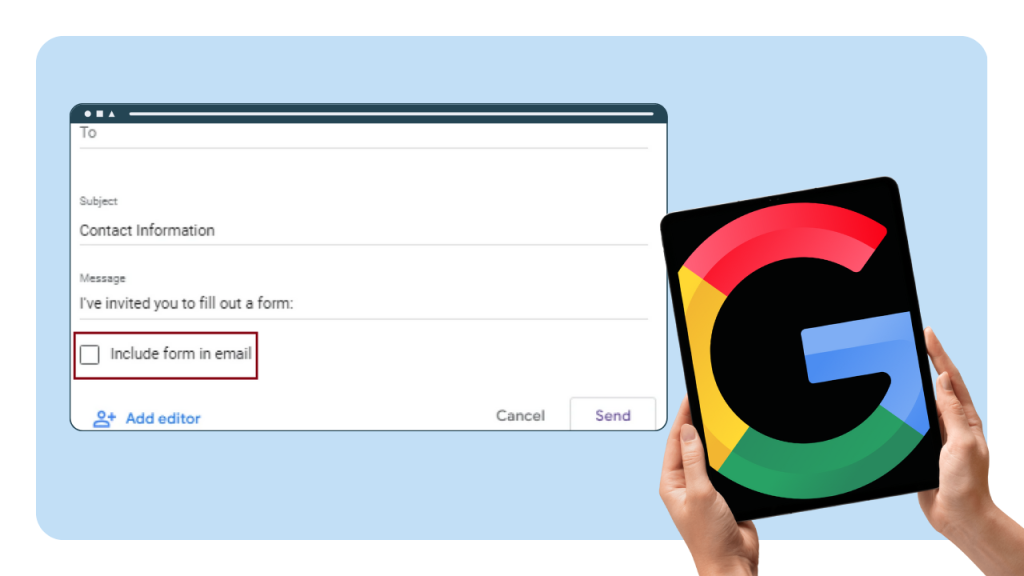A customer feedback loop is one of the best ways to gather, test & implement feedback in a fully automated way.
According to multiple surveys, 80% of consumers feel more emotionally connected to a brand when customer service solves their problems quickly. 30% of consumers are willing to pay extra for better customer service.
Many businesses don't realize that they can turn customer feedback into revenue.
We are going to tell you how to do that.
In this article, we will talk about why having a customer feedback loop is important.We will also discuss how it can help you improve your product or service!
What is a Customer Feedback Loop?
A loop is anything you do in a constant, automated and cyclical way. So, a customer feedback loop refers to gathering actionable customer feedback on autopilot & working on it to improve your product or service. You can also look at it as a constant product improvement cycle based on your customers’ opinions.
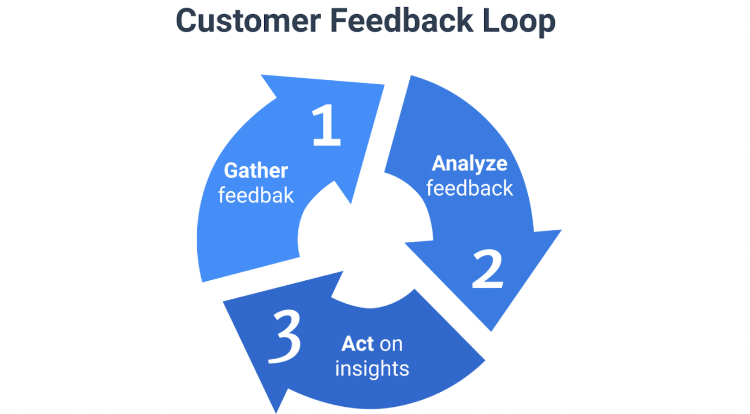
While one part is to gather feedback, the other part of the loop is to also respond to the customers leaving the feedback. And the key is to complete this follow-up in a meaningful way.
For example, recently, I was shopping online. During the checkout, my discount code didn't work. So, I sent a DM on their Instagram page. A support person called me, asked about the issue and personally applied the discount code and checked on my purchase.
That's the perfect example of closing a customer feedback loop.
It is important to remember that not all customer feedback is complaints. Customers also leave feedback when they have a particularly memorable experience. Or if they have any suggestions for improvement of your product/service.
So, make sure to close that customer feedback loop as well. You can do it with a thank you or offer them a discount coupon code for them to come back.
How to Create a Customer Feedback Loop?
You can divide the customer feedback loop into three stages –
Gathering feedback from the customers
Analyzing the Data
Applying the conclusions
It is a closed-end process with every feedback, called a loop. Let's have a look at the individual processes under the loop:
1. Gathering Feedback from the Customers
The first step of creating a repeatable customer feedback loop is collecting customer feedback. You can do it with pre-designed templates:
Create Your Own Survey
With One Of Our 300+ Templates
Opinion Scale Survey for CPG & DTC Template
Opinion Scale Survey for Real Estate Template
Subscription Box Cancellation Funnel Template
Yelp Review Funnel Template
Opinion Scale Survey for Insurance Template
Monthly Service Cancellation Funnel Template
Customize the template the way you want - add your own colors, logos, and questions.
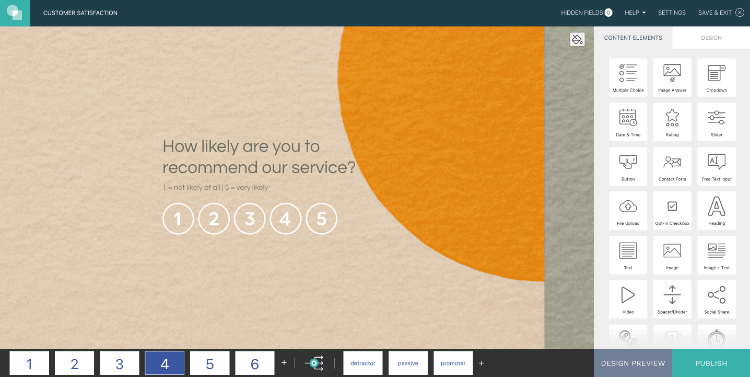
2. Analyzing the Data
Once you have gathered the feedback, analyze it and arrange it accordingly. Select the recurring issues and arrange their frequencies and importance in order. For example, look at the reasons for customers not returning. Then, look for points of confusion or walk-out of your customers and list them down.
You can use our analytics to understand the different trends in your data and identify the common problems.
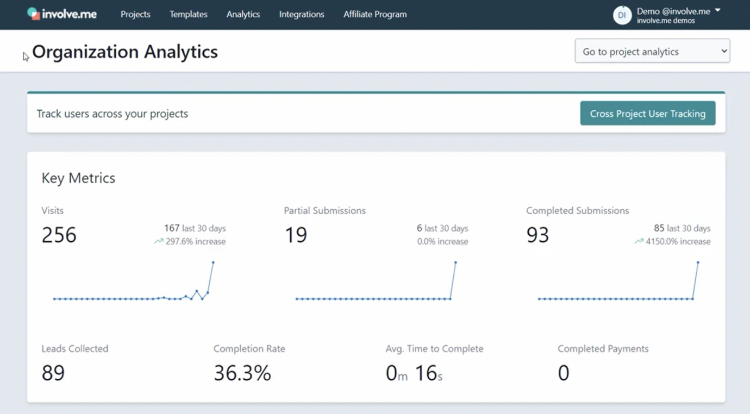
After identifying the issues, conclude and find the solution to these problems. You can also use AI insights to analyze all your feedback responses and get a ready-to use report in one click. We've recently published a case study on how we analyzed 12.193 customer reviews in less than a minute.
3. Applying the Conclusions
After you have figured out the solution, start applying it to your product/service. Start with the biggest issue, and deal with small issues changes simultaneously. After you have applied your solutions, begin testing. Make sure that these solutions solve the problems of your customers.
How to Close the Customer Feedback Loop
Closing the customer feedback loop is essentially following up with your customers after they leave feedback.
It is often underrated but an important aspect of customer service. When customers offer you suggestions to improve your product/service, follow up with them directly.
For example – if you have taken your customer's advice for a bug in your product or repairing a broken link – send them a personalized email to let them know you heard them and have fixed it. Let them know how important their feedback is to you and its impact on your team.
This will demonstrate both the importance of solving the issue and their voice for you. It is one thing to acknowledge feedback and another thing to take actual action based on your customer's feedback.
After updating your customers who provided positive feedback, you can reach out to those who provided negative feedback. You can let them know you heard them and took care of the problem. You can also ask them if they are willing to take back the negative review and leave another one.
Customer Feedback Loop Examples
1. Charles Schwab
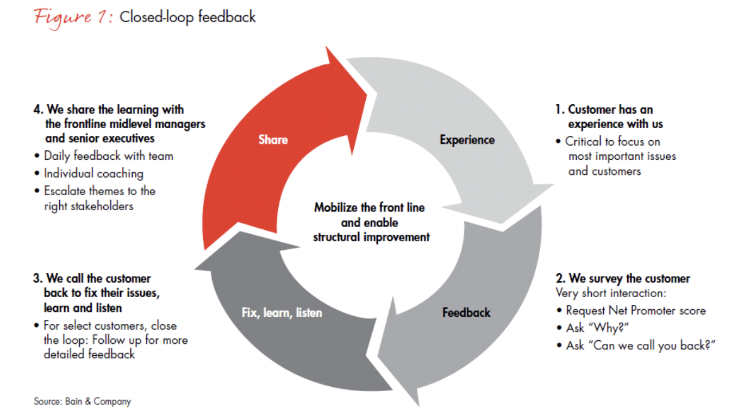
Charles Schwab is the best example of closing the customer feedback loop and how it can help. Every day, managers in Schwab's five call centers and 306 branches start their day by pulling up their customer feedback report.
They look for all the problems put forward by their customers, make notes, bring them to light for their team and try to solve them the very same day. This process helped the firm increase its revenue by 11% back in 2008, increasing the company's scores by the customer by 25%.
And while the financial industry faced turbulence, Schwab clients entrusted $113 billion in the net new assets to the firm. All of this while increasing the firm's brokerage accounts by 10%.
This goes on to show how many companies put in efforts to hear the voice of their consumers but are usually idle in doing something about it.
A strong customer feedback loop does more than connect customers, and they keep the customers on the front and center in the entire organization.
2. Amazon
Amazon once closed the customer feedback loop for millions of its customers at a time. The Global State of Customer Experience in 2019 uncovered that most feedback collected from the customer usually ends up in a black hole, making it void for businesses.
Only 14% respondents in the survey confirmed that they actually do close the loop with the feedback. Amazon decided that it wants to show its users that it actually cares for their opinions. They took the first step by dividing the data into themes like pricing or selection.
The challenge was to make sure that the millions of responses they were sending out was personalized, but not hand-typed. And this resulted in tagging in different categories, to customize it to a specific situation for a personalized follow-up and closing of the loop.
3. Grohe
Grohe, a European manufacturer of premium bathroom and kitchen fixtures, found itself in a situation where its market shares were declining after new management took over. This is when the CEO, David Hanes decided to implement a customer feedback loop.
First, the company needed insights about the customer relationships and how the marketing and sales teams were dealing with it. Secondly, they needed to measure if approached by marketing and sales reps were working.
Lastly, they needed a follow-up & feedback system for continual learning and better customer relationship management. With continuous reaching out, understanding problems and following up after every solution, Grohe saw their NPS score grow by 20%.
With understanding what is better and what is not, they cut back their unused sales calls and freed 25% of their sales capacity. This made them target and acquire new customers, meaning more sales.
Final Word
When it comes to customer feedback, gathering the correct data can be a challenge. But, taking actions based on that data, and following up to your customer has proven to be more challenging. However, with all the aforementioned information, it is easy to understand why closing the customer feedback loop is important for any business. If you are looking to improve your service and increases your sales, customer feedback loop can be a good place to start with!
